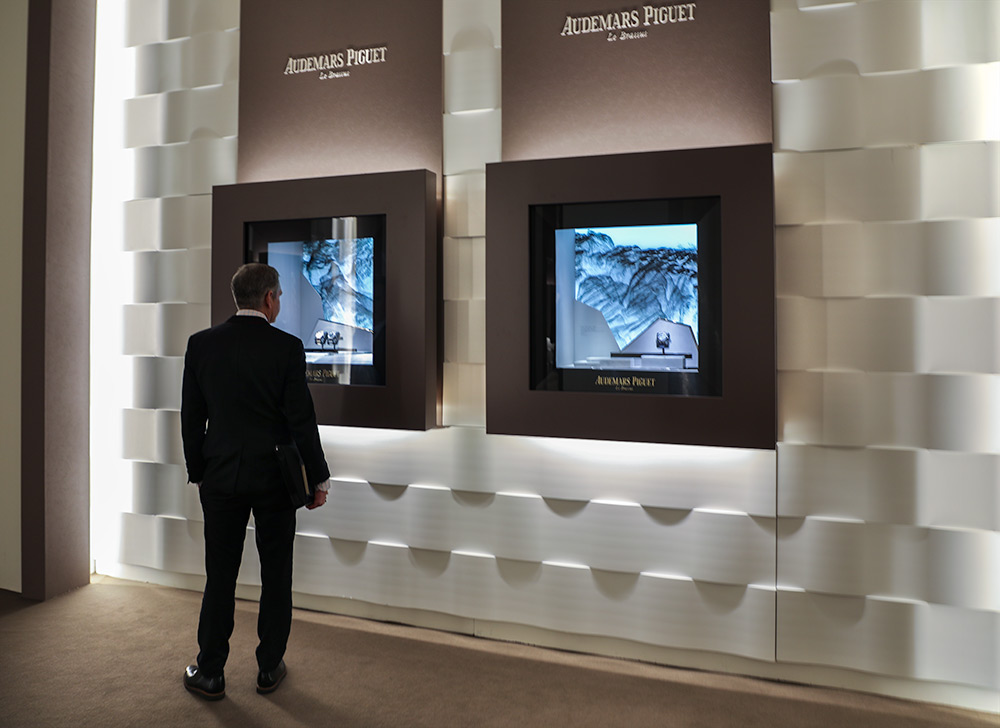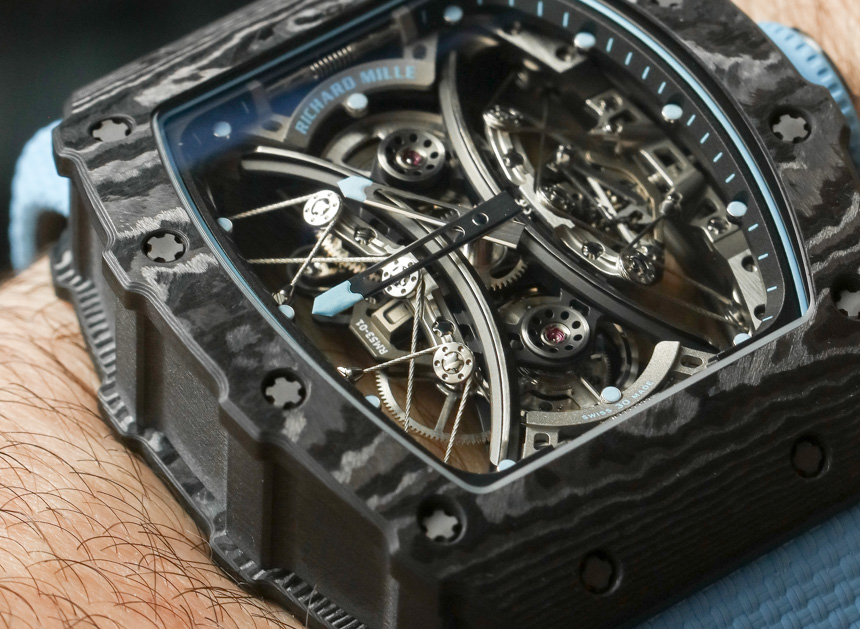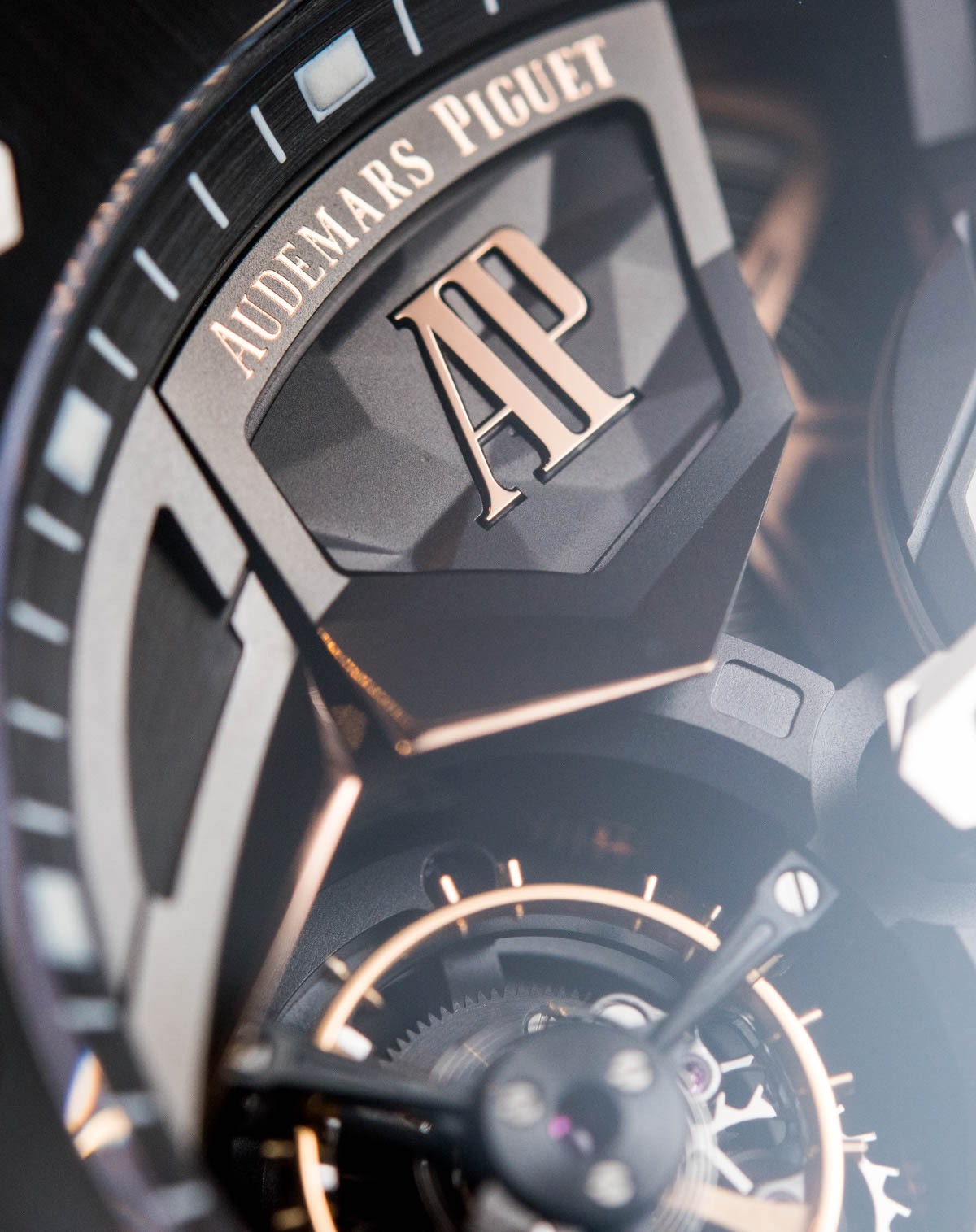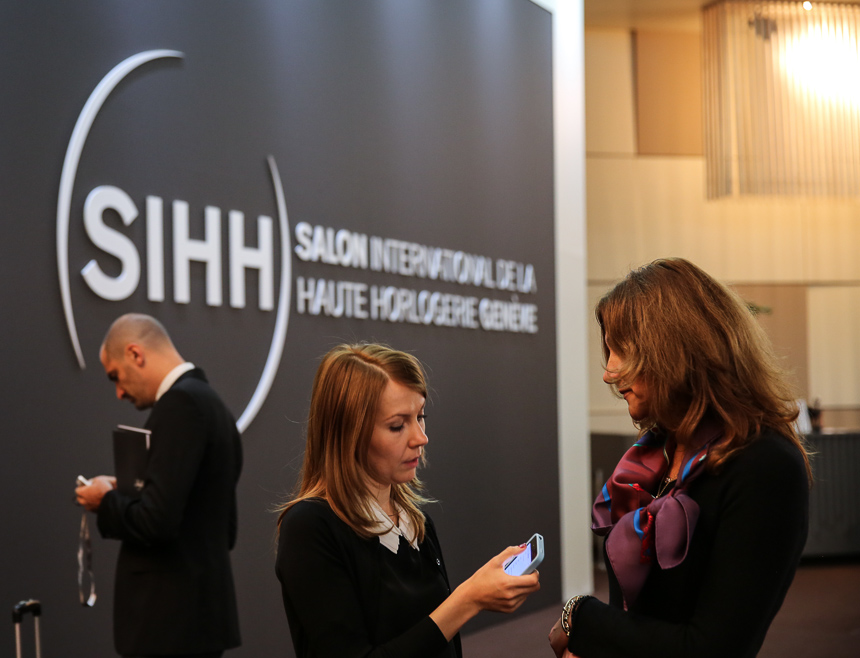
On the same day, Swiss watchmakers Audemars Piguet and Richard Mille both announced their intent to leave the important annual watch trade show event in Geneva known as SIHH. Audemars Piguet and Richard Mille each appended minor explanations for why they are leaving SIHH in their announcements, but I felt it was necessary to explain the context of their departure – as well as to compare and contrast it with other major trade show brand departure news that we have been covering. Just a few months ago the Swatch Group also announced a similar departure from the other major watch trade show, Baselworld. It might reasonably appear that the watch industry is in a state of chaos. It is, but it isn’t always exactly what it seems.

The Swatch Group decided to immediately leave Baselworld and took out all of its almost 20 brands. It did so because of dissatisfaction with the Baselworld organizers and in a sense, as a protest to what it felt was a system that was not making returns on its deep investment. Richard Mille and Audemars Piguet are not immediately leaving SIHH, with them still participating in the 2019 event happening in January. SIHH 2020 will be the first SIHH that will no longer include those brands. They also aren’t doing it because of expressed dissatisfaction with the SIHH organizers, but more accurately, because of major shifts in their own business strategies. Specifically, both Audemars Piguet and Richard Mille have expressed a shift toward selling their products directly to consumers – without third-party retailers. This change in strategy is perhaps the major reason these brands will not be at the show – because they no longer feel the need to interface with retailers around the world who might purchase and sell their products to their clients.

While both Audemars Piguet and Richard Mille currently blend direct sales with third-party retailers, the shift for them both is reportedly to entirely sell direct to consumers. What that looks like in practice could mean a few things, but for the most part it will mean that the main place to purchase a Richard Mille or Audemars Piguet product is via a directly-owned or controlled mono-brand retail store. A major reason why brands invest in participating at trade shows is to meet new and existing third-party retailers who can select to order the brand’s newest watches, which will later be delivered to them for sale to consumers. The other reasons to exhibit at a trade show like SIHH is to meet with members of the media, suppliers, and of course VIP customers. Richard Mille and Audemars Piguet have apparently made the decision that venues outside of a trade show environment are best to meet with media and VIP clients alike.

The conversation about why a brand might want to sell directly to a customer as opposed to working through independent third-party retailers is complicated. Yes, it is true that doing so allows brands to keep a much larger portion of a watch’s retail price. But this alone isn’t why the brands are choosing to “go direct.” More important are issues related to brand positioning, pricing practices, and overall control of how and where its watches are distributed. Once a brand sells a watch via wholesale to a retailer, they don’t know who ends up buying the watch nor can they control the price it is sold for.

When you have hot, hard-to-get products such as some Audemars Piguet and many Richard Mille products, the need to control pricing and distribution is much more important than when you aren’t that type of brand. In a sense, the departure of Richard Mille and Audemars Piguet from third-party distribution simply opens up the door for others to take their place at those stores. All the while, Richard Mille and Audemars Piguet can embark on new frontiers where they are entirely responsible for the full life cycle of a watch from inception to final end-client delivery, and of course, after-sales service. There is so much value in “keeping a client within the brand,” that many of the top luxury watchmakers are choosing to invest in handling the entire relationship themselves. They not only get to keep more money and know who their clients are, but if done correctly, they can enjoy a lot more business from the same clients year after year. In years past, those clients may have very well spread their timepiece spending dollars to a range of brands.

Skeptics have remarked that brands such as Richard Mille and Audemars Piguet are thinking in too shortsighted a way. They say that, while they may be experiencing accelerated popularity now, the costs of running and maintaining a series of stores and distribution centers around the world might put them in a precarious situation if their products suddenly become less in-demand. My personal perspective is that Audemars Piguet and Richard Mille have each identified a small number of partners they wish to continue working with, but for the most part are trying to separate themselves from what they might see as wide turmoil in the watch retail and distribution sector. In order to protect their brands and customer experience, they are simply pulling out of working with third-party retail partners. Other brands such as F.P. Journe did the same a few years ago – exclusively relying on their own brand boutiques. They later adjusted the strategy to sell via third-party retailers as well as their own stores.
Richard Mille and Audemars Piguet will still likely remain members of the prestigious FHH organization which, among other things, organizes the SIHH trade show event. With that said, starting in 2020 Richard Mille and Audemars Piguet – two long-standing fixtures of SIHH – will have their former booth spaces replaced with… someone else.
